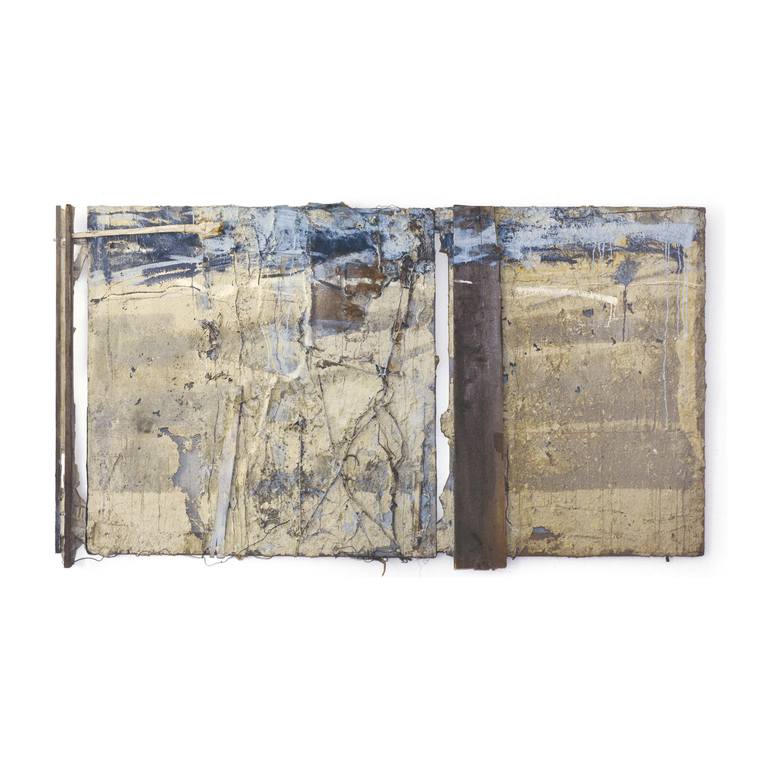


40 Views
7
View In My Room
Painting, Acrylic on Wood
Size: 81.1 W x 43.7 H x 1.8 D in
40 Views
7
Artist Recognition

Artist featured in a collection
ABOUT THE ARTWORK
DETAILS AND DIMENSIONS
SHIPPING AND RETURNS
Substances - Mountain Velebit Let there be naked real substance... merely tactile, stripped of all illusion (My entry into the modern painting of the first half of the twentieth century) Technology. Technology may indeed seem of marginal consequence to the very essence of a painting, but there is...
Year Created:
1988
Subject:
Mediums:
Painting, Acrylic on Wood
Rarity:
One-of-a-kind Artwork
Size:
81.1 W x 43.7 H x 1.8 D in
Ready to Hang:
No
Frame:
Not Framed
Authenticity:
Certificate is Included
Packaging:
Ships in a Box
Outdoor Safe:
No
Delivery Cost:
Shipping is included in price.
Delivery Time:
Typically 5-7 business days for domestic shipments, 10-14 business days for international shipments.
Returns:
14-day return policy. Visit our help section for more information.
Need more information?
Need more information?
Marko Tusek
Slovenia
Born: august 23rd 1964. He lives in Kranj, Slovenia - EU... CATALOGUES:
Artist Recognition

Artist featured by Saatchi Art in a collection
Why Saatchi Art?
Thousands of
5-Star Reviews
We deliver world-class customer service to all of our art buyers.
Global Selection of Original Art
Explore an unparalleled artwork selection from around the world.
Satisfaction Guaranteed
Our 14-day satisfaction guarantee allows you to buy with confidence.
Support Emerging Artists
We pay our artists more on every sale than other galleries.
